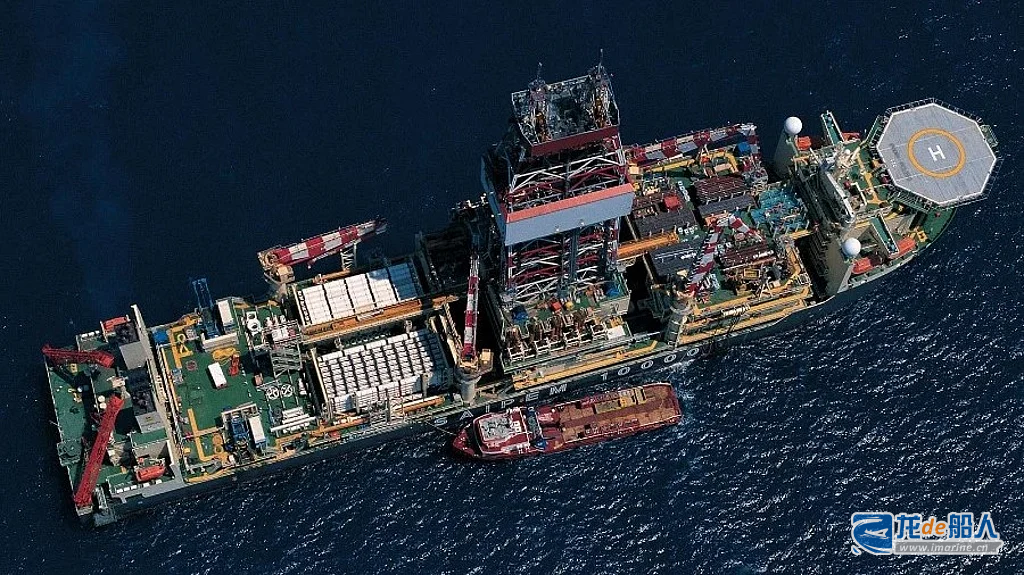According to Reuters, ExxonMobil, Petrobras, and oil services provider TechnipFMC have filed a petition with Brazil’s antitrust regulator Cade, requesting its intervention in the merger case involving two offshore giants, Saipem and Subsea 7. The firms involved have not yet responded.

The firms said the merger between Norway’s Subsea7 and Italy’s Saipem would bring a level of concentration in the subsea oil and gas services market that could drive up costs and curb competition.
The firms want Cade to block the merger or impose remedies to preserve competition in Brazil, such as asset sales, a source with knowledge of the matter told Reuters.
Cade provided no additional information beyond what is in the public case file. Petrobras, Exxon, TechnipFMC, Saipem and Subsea7 did not immediately comment on the matter.
The combined group, to be renamed Saipem7, will have an order backlog of 43 billion euros ($50.6 billion), revenue of about 21 billion euros and core earnings of more than 2 billion euros, the companies said in a statement in July.
In its filing with Cade, Petrobras said the transaction would impact the company, as it relies on the firms for its core business. Exxon said the deal would lead to a high concentration of contractors offering subsea umbilicals, risers and flowlines, or SURF projects, reducing competition and customer choice.
TechnipFMC, a rival services provider, said the deal would limit the ability of other players to compete.
As leading companies in the offshore engineering sector, Saipem and Subsea7 have global reach. In July this year, Saipem and Subsea7 announced the signing of a binding merger agreement, with plans to complete the merger in the second half of 2026. The deal is expected to be completed in the second half of 2026, the companies said.
The merged entity will be named Saipem7, with each parent company holding a 50% stake in the new firm. Headquartered in Milan and listed on the Milan and Oslo stock exchanges, the company plans to operate across four business segments: offshore engineering and construction, onshore engineering and construction, sustainable infrastructure, and offshore drilling. At launch, it will have a total order backlog of €43 billion, approximately €21 billion in revenue, and €2 billion in core profit.
The combined offshore giant will employ approximately 44,000 people, including over 9,000 engineers and project managers. It will operate a diversified fleet of more than 60 vessels, conducting operations in over 60 countries worldwide across all water depths from shallow to ultra-deepwater. The company will deliver a comprehensive portfolio of offshore and onshore services spanning drilling, engineering, construction, full-lifecycle oilfield services, and decommissioning.


